Tags: Extraterrestrial Life
Metallic Flying Saucer That Comes Out From Cloud ‘Definitive Proof’ We Are Not Alone, UAP Hunter Claims

Harvard Professor Envisions Extraterrestrial Life to Contact AI First Before Visiting Earth as They Might Feel Kinship With the Technology

Aliens in the Heart of the Galaxy? Repeated Signals From Milky Way's Core Could Be Greetings From Extraterrestrial Life, New Study Says

Mysterious Plumes on Saturn's Moon Enceladus Raise Possibility of Hidden Extraterrestrial Life
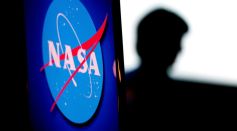
NASA's UAP Study Team Concludes More Data Needed to Explain Unidentified Objects in the Sky

Earth Receives First Alien Message; Scientific Simulation Could Allow Space Enthusiasts To Hear Signal Soon

First Alien Message? Scientists To Simulate Extraterrestrial Signal From Mars, Send It to Earth

Extraterrestrial Soundscapes: Are Sound Waves the Key to Finding Alien Life?

Uranus' Moons May Have Oceans Warm Enough To Support Life, Suggesting Should Look Into Them
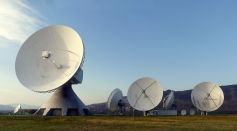
Aliens in 2029? Experts Claim Extraterrestrial Life Could Contact Earth After Intercepting Signal From a Previous NASA Probe

Pentagon UFO Official Update: No Proof of Extraterrestrial Life, No Physics-Defying Occurrences
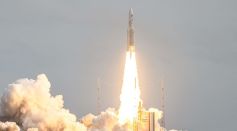
ESA's Juice Satellite Successfully Blasted Into Space Now on Its Way to Jupiter in Search of Extraterrestrial Life
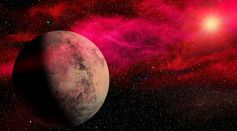
New Search Criteria for Extraterrestrial Life Based on 'Computational Zones,' Astronomers Proposed

Tech Gurus Predict What the World Would Look Like in 2050; Will Earth Finally Communicate With Extraterrestrial Life?

James Webb Space Telescope Detects No Atmosphere in the Venus-Like Exoplanet Trappist-1B, Blowing Hopes of Extraterrestrial Life
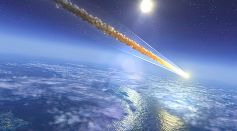
Galileo Project: Meteorite That Landed in the Pacific Ocean Could Harbor Evidence of Extraterrestrial Life, Physicist Claims
Space Dust Should Be Studied for ‘Potential Signs of Life’, Japanese Astronomer Says

TikTok 'Time Traveler' Claims That an Alien Invasion Will Hit, Lead to the Abduction of 8,000 Humans

Pentagon Officials Think That Alien Mothership Roams Around Our Solar System, Could Deploy Small Probes to Earth

Killer Moons Might Be Crashing on Their Host Planets, Wiping Out Chances of Life to Survive
Most Popular

Persistent Coughs Are Everywhere: Here's What Experts Think Is Causing It

Ancient Hotspot Found to Have Created Great Lakes 300 Million Years Ago

Mysterious Structures Discovered Beneath the Pacific Ocean, Puzzle Scientists

Health Benefits of Drinking Hot Chocolate




